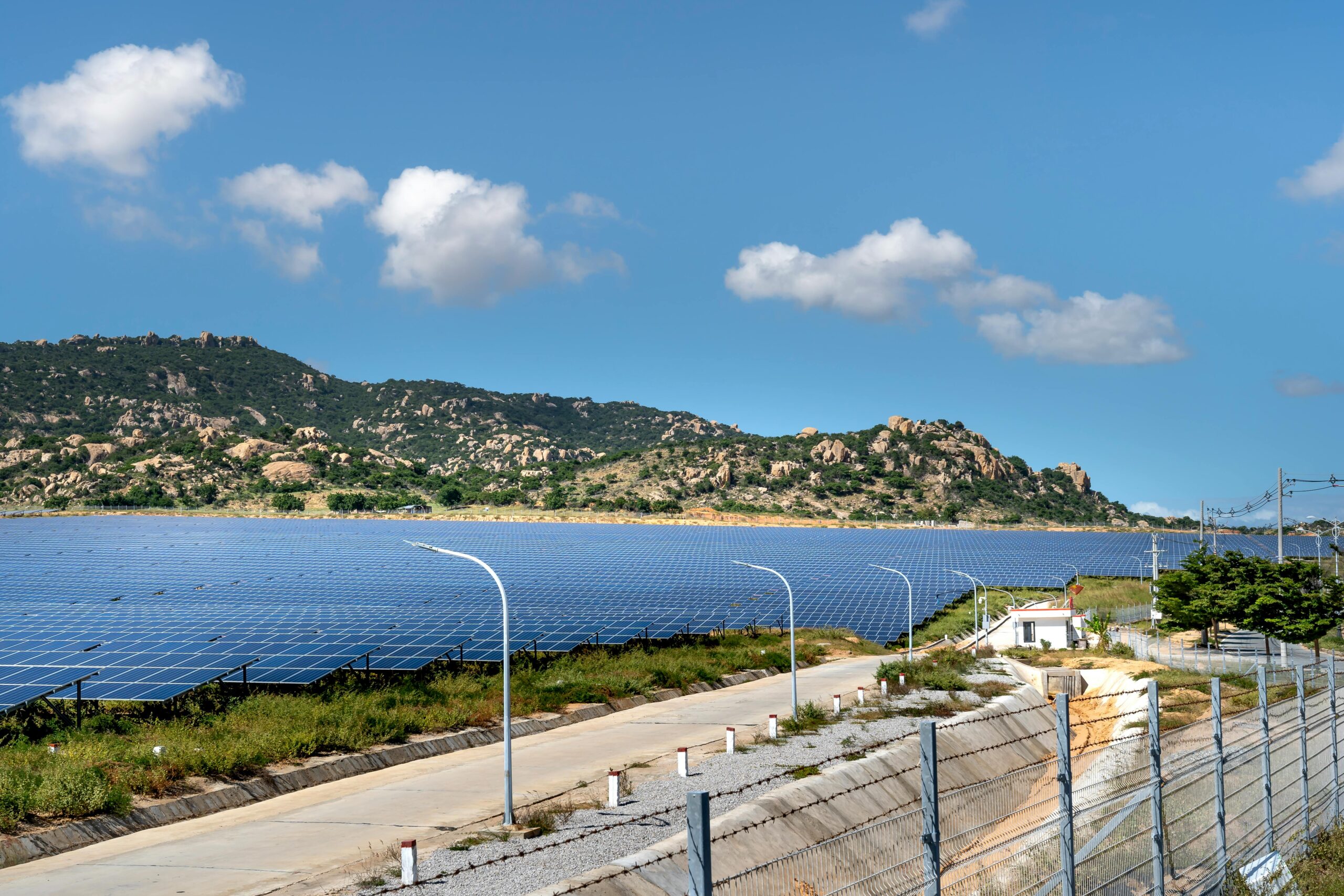As countries confront the pressing challenges of climate change and energy security, the adoption of solar energy has become a pivotal focus in global energy policy. Various nations have implemented a range of policies and incentives to encourage the uptake of solar energy technologies. This article explores the different approaches taken around the world, highlighting successful strategies and their impact on solar energy deployment.
1. Feed-in Tariffs and Power Purchase Agreements
Many countries have adopted feed-in tariffs (FiTs) as a key policy tool to incentivize solar energy generation. Under this scheme, governments guarantee a fixed payment for electricity generated from solar installations over a specified period, providing financial certainty for investors. Countries like Germany pioneered this approach, resulting in significant growth in solar capacity. Similarly, power purchase agreements (PPAs) allow businesses and homeowners to enter long-term contracts for electricity at pre-determined rates, further promoting solar adoption.
2. Tax Incentives and Rebates
Tax incentives play a crucial role in lowering the upfront costs associated with solar installations. For instance, the United States offers the Investment Tax Credit (ITC), allowing homeowners and businesses to deduct a substantial percentage of the cost of solar systems from their federal taxes. This incentive has significantly contributed to the rapid growth of solar energy in the U.S. Other countries, like Australia, offer state-based rebates that further reduce the financial burden on consumers looking to invest in solar technology.
3. Net Metering Policies
Net metering policies enable solar energy users to receive credit for excess electricity they generate and feed back into the grid. This system allows consumers to offset their energy costs and encourages the installation of solar panels. States like California have implemented robust net metering programs, leading to increased solar installations across residential and commercial sectors. The success of net metering has spurred similar policies in various countries, including Canada and parts of Europe.
4. Renewable Energy Standards and Quotas
Many governments have established renewable energy standards (RES) or quotas that require utilities to source a certain percentage of their energy from renewable sources, including solar. For instance, India’s National Solar Mission sets ambitious targets for solar capacity, aiming for 100 GW by 2022. These mandates compel utilities to invest in solar projects and have been instrumental in driving large-scale solar deployment in several countries.
5. International Cooperation and Funding
International cooperation has been pivotal in supporting solar energy adoption, particularly in developing countries. Initiatives such as the International Solar Alliance (ISA) aim to facilitate collaboration on solar technology and financing. Additionally, funding from organizations like the World Bank and the Green Climate Fund provides financial support for solar projects in low-income countries, helping to overcome the financial barriers that often hinder solar adoption.
6. Public Awareness and Education Campaigns
Effective public awareness and education campaigns are crucial in promoting solar energy adoption. Governments and NGOs often implement initiatives to inform consumers about the benefits of solar technology, available incentives, and the long-term savings associated with solar energy. These efforts have proven essential in increasing public acceptance and driving demand for solar installations.
7. Innovations in Policy Frameworks
Countries are continuously innovating their policy frameworks to enhance solar energy deployment. For example, Spain has introduced “self-consumption” laws that allow homeowners with solar panels to consume their generated electricity without being penalized for grid usage. Such policies incentivize residential solar installations and support energy independence.
8. Challenges and Opportunities
While many countries have made significant strides in solar energy adoption, challenges remain. Regulatory barriers, grid integration issues, and the need for updated infrastructure can hinder progress. However, as technology improves and costs decline, the potential for solar energy to contribute to global energy needs continues to grow. Policymakers are increasingly recognizing the importance of addressing these challenges to maximize the benefits of solar energy.
Conclusion
The global transition to solar energy is being driven by a diverse array of policies and incentives tailored to local contexts. From financial incentives and regulatory frameworks to public awareness campaigns, these initiatives are crucial for accelerating solar adoption and achieving climate goals. As nations work towards sustainable energy futures, the continued evolution of policies supporting solar energy will be essential in unlocking its full potential.








Leave a Comment